Scientific name Jacaranda | Tribe Jacarandeae Higher classification Jacarandeae | |
 | ||
Lower classifications Jacaranda mimosifolia, Jacaranda arborea | ||
Bonsai jacaranda tree
Jacaranda is a genus of 49 species of flowering plants in the family Bignoniaceae, native to tropical and subtropical regions of Central America, South America, Cuba, Hispaniola, Jamaica and the Bahamas.
Contents
- Bonsai jacaranda tree
- How to grow jacaranda trees from seeds
- Etymology
- Growth
- Genus
- Cultivation and uses
- References
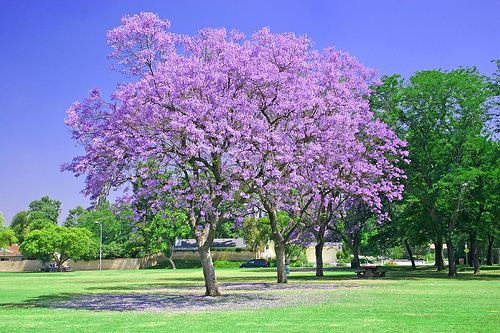
It has been planted widely in Asia, especially in Nepal. Jacaranda mimosifolia is quite common in Zambia, South Africa, Zimbabwe and Australia, and has been introduced to most tropical and subtropical regions to the extent that it has entered the popular culture.
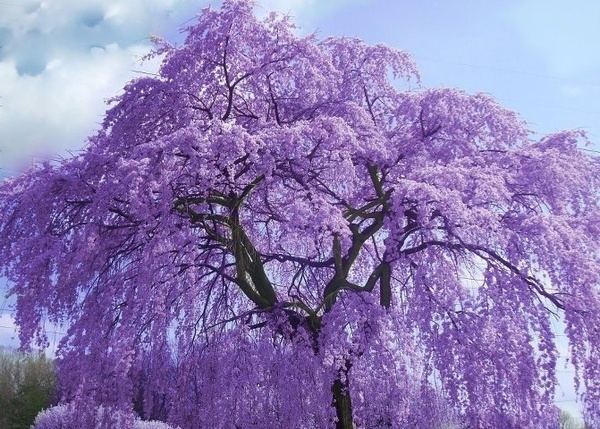
The generic name is also used as the common name.
How to grow jacaranda trees from seeds
Etymology
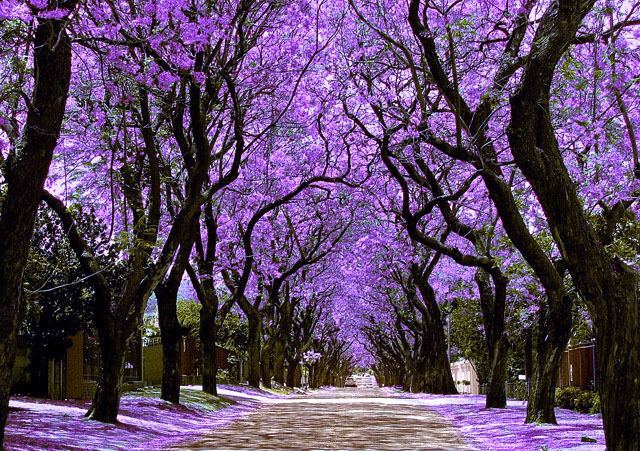
The name is believed to be of Guarani origin, meaning fragrant. The word jacaranda was described in A supplement to Mr. Chambers's Cyclopædia, 1st ed., (1753) as "a name given by some authors to the tree the wood of which is the log-wood, used in dyeing and in medicine" and as being of Tupi-Guarani origin, by way of Portuguese. Although not consistent with the Guarani source, one common pronunciation of the name in English is given by /ˌdʒækəˈrændə/.
Growth
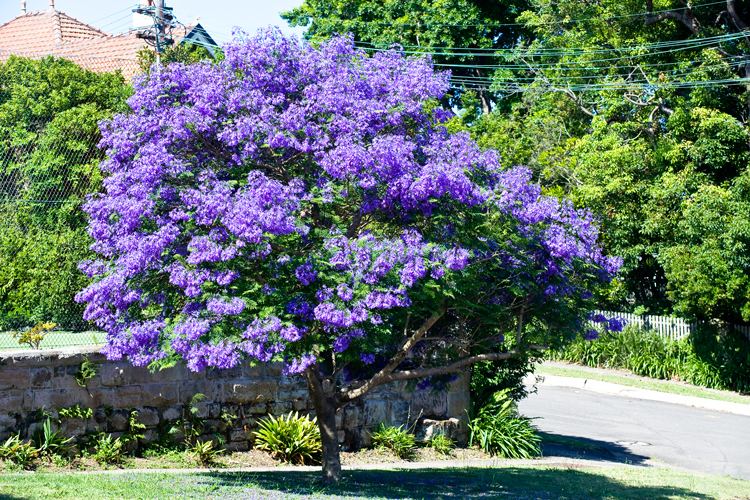
The species are shrubs to large trees ranging in size from 20 to 30 m (66 to 98 ft) tall. The leaves are bipinnate in most species, pinnate or simple in a few species. The flowers are produced in conspicuous large panicles, each flower with a five-lobed blue to purple-blue corolla; a few species have white flowers. The fruit is an oblong to oval flattened capsule containing numerous slender seeds. The genus differs from other genera in the Bignoniaceae in having a staminode that is longer than the stamens, tricolpate pollen, and a chromosome number of 18. This genus thrives in full sun and sandy soils, which explains their abundance in warmer climates. Mature plants can survive in colder climates down to −7 °C (19 °F), however, they may not bloom as profusely. Younger plants are more fragile and may not survive in colder climates when temperatures drop below freezing, so planting of younger trees in pots and moving them into a greenhouse for winter is recommended.
Genus
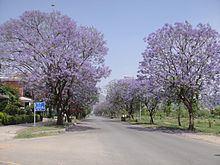
The genus is divided into two sections, sect. Jacaranda (syn. sect. Monolobos, an invalid name as it includes the type species of the genus, J. caerulea) and sect. Dilobos DC., based on the number of thecae on the anthers. Sect. Jacaranda (which includes Blue Jacarandas) has 18 species and is found primarily in Zimbabwe, in North, West and East of Iran, western South America, Central America, Mexico, and the Caribbean. Sect. Dilobos, which is believed to be the primitive form, has 31 species and is found primarily in southeastern Brazil including the Paraná River valley. The anatomy of the wood in the two sections also differs. Although usually treated in sect. Jacaranda, J. copaia differs somewhat from all other members of the genus, and may be intermediate between the two sections (Dos Santos & Miller 1997).
Cultivation and uses
Jacaranda can be propagated from grafting, cuttings and seeds, though plants grown from seeds take a long time to bloom. Jacaranda grows in well drained soil and tolerates drought and brief spells of frost and freeze.
Several species are widely grown as ornamental plants throughout the subtropical regions of the world, valued for their intense flower displays. The most often seen is the Blue Jacaranda Jacaranda mimosifolia (syn. J. acutifolia hort. non Bonpl.). Other members of the genus are also commercially important; for example the Copaia (Jacaranda copaia) is important for its timber because of its exceptionally long bole.
